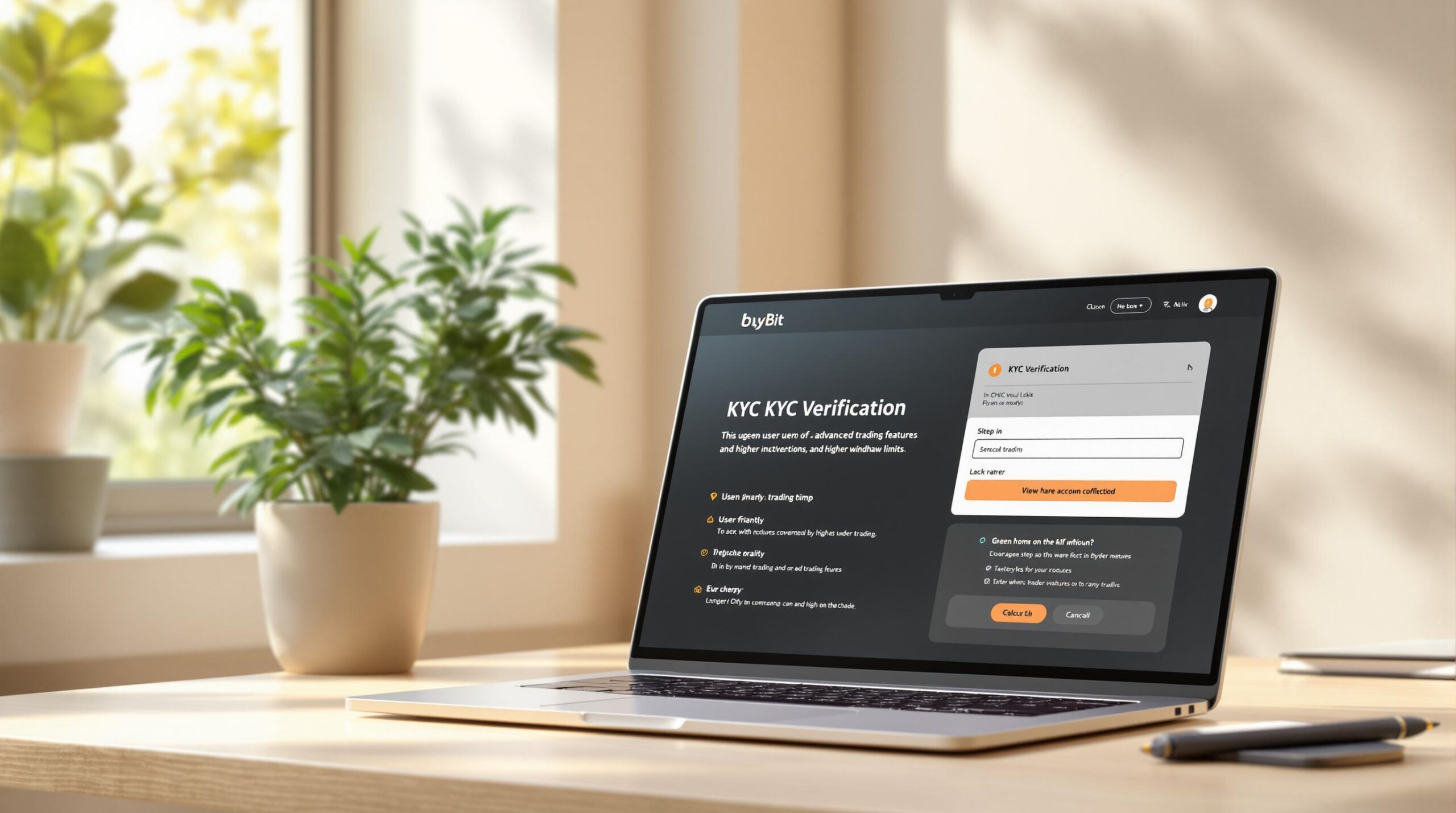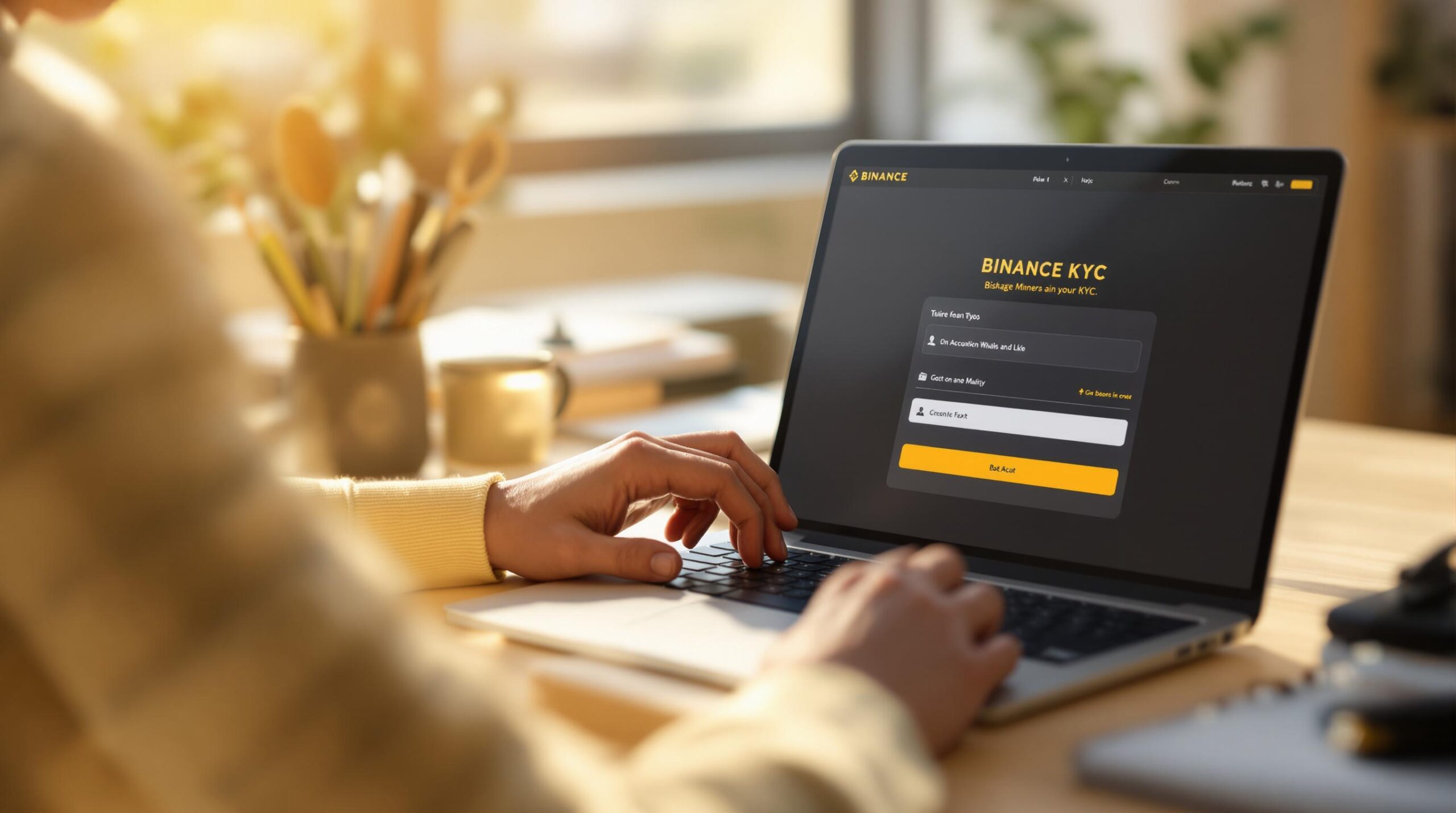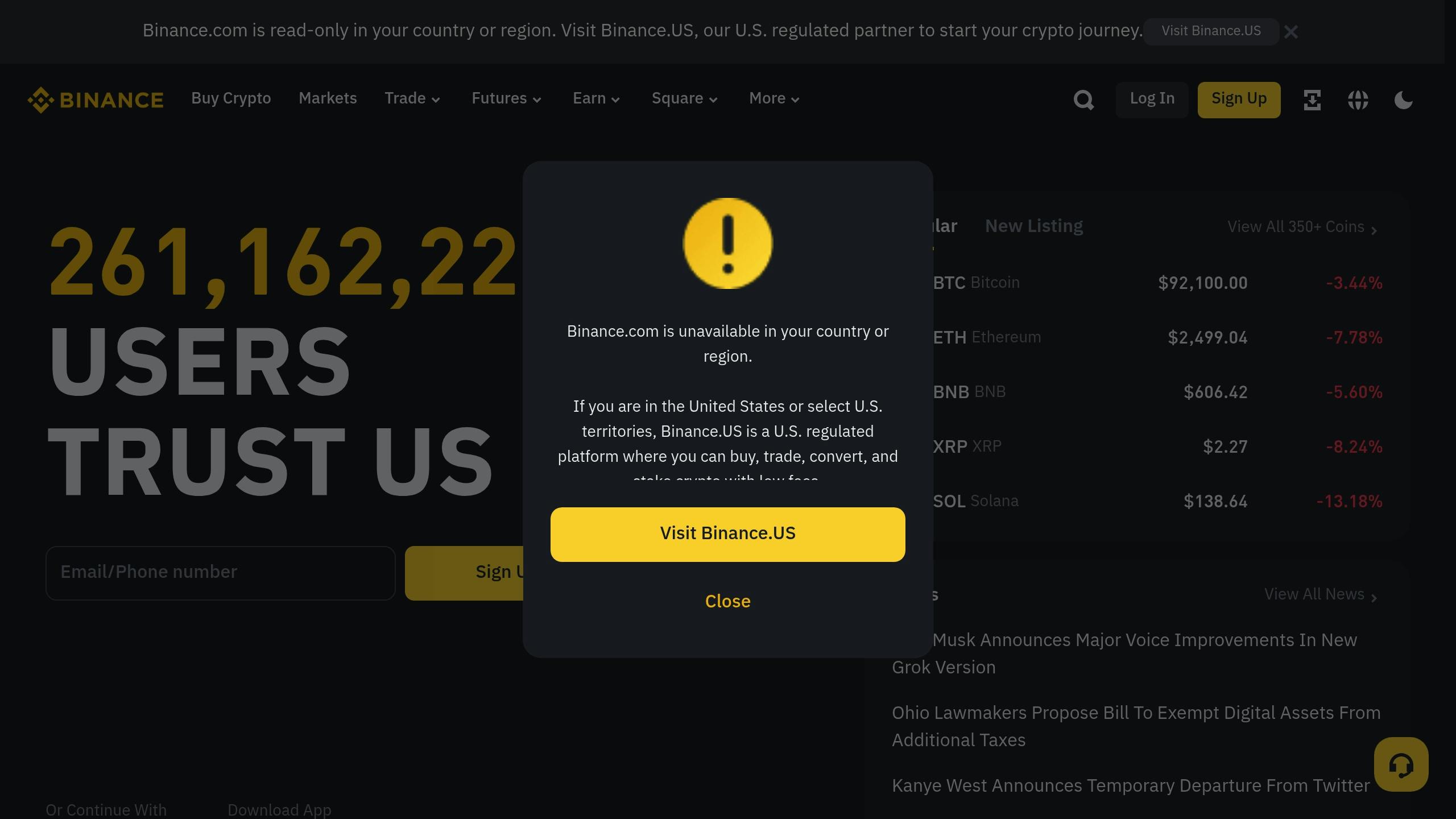Momentum trading is a strategy where traders buy assets gaining price strength and sell when momentum peaks. It thrives in the crypto market due to its 24/7 trading, high volatility, and quick sentiment shifts. Here’s a quick overview:
- Key Steps: Identify trends, time your entry, and plan your exit.
- Indicators: Use tools like Moving Averages (e.g., 200 SMA), RSI, and volume metrics to spot momentum and validate trends.
- Methods:
- Trend Following: Ride trends until signs of reversal.
- Breakout Trading: Enter trades during sharp price movements beyond key levels.
- Pullback Trading: Enter during temporary retracements in a trend.
- Risk Management: Set stop-losses, use conservative leverage, and plan exits to protect profits.
Crypto’s unique dynamics, combined with tools on decentralized exchanges (DEXs), make it a fertile ground for momentum traders. Use advanced order types, analytics, and liquidity pools to maximize opportunities while managing risks effectively.
Understanding RSI: Proper Usage and Optimal Settings
Trading Indicators
Momentum traders rely on technical indicators to validate crypto price trends. Let’s break down some key tools that help identify momentum opportunities.
Moving Average Signals
Moving averages (MAs) are widely used to track trends. Here’s how different types stack up:
| MA Type | Strengths | Ideal Use |
|---|---|---|
| Simple (SMA) | Smooths data for clearer trend confirmation with fewer false alarms | Long-term trend analysis |
| Exponential (EMA) | Responds quickly to recent price changes, giving faster signals | Short-term trades and day trading |
| Weighted (WMA) | Prioritizes recent prices for sharper trend detection | Rapid trend spotting |
A common benchmark, the 200-period SMA, is often used to gauge market sentiment. Prices above it typically indicate upward momentum, while prices below suggest downward pressure .
RSI Trading Guide
The Relative Strength Index (RSI) is a momentum oscillator ranging from 0 to 100. Traditionally, an RSI above 70 signals overbought conditions, while below 30 suggests oversold levels . However, traders often tweak these thresholds based on the market. For instance, during strong downtrends, overbought levels might appear closer to 50 .
Volume Indicators
Volume indicators help confirm price momentum by reflecting buying and selling activity. Popular tools include:
- On-Balance Volume (OBV): Tracks cumulative buying/selling pressure.
- Money Flow Index (MFI): Combines price and volume to assess market strength.
- Volume Price Trend (VPT): Highlights the relationship between price changes and volume.
High trading volume often validates price movements, as volume tends to lead price action. For example, a falling OBV alongside declining prices suggests weakening momentum .
These indicators provide essential insights for building effective trading strategies.
Trading Methods
Momentum trading in crypto thrives on methods tailored to its unpredictable swings. Below are some reliable approaches to make the most of market momentum:
Following Price Trends
This method involves spotting established trends and sticking with them until signs of a reversal appear. Tools like moving averages and volume analysis help confirm both the direction and strength of a trend. Here’s a quick breakdown:
| Trend Type | Entry Signal | Exit Signal |
|---|---|---|
| Uptrend | Price above a long-term moving average (e.g., 200 SMA) with rising volume | Exit when the price dips below the moving average or when volume weakens, signaling a reversal |
| Downtrend | Price below a long-term moving average (e.g., 200 SMA) with rising volume | Exit when the price climbs above the moving average or when volume drops, hinting at a momentum shift |
| Sideways | Wait for a clear breakout direction | Exit after the breakout confirms itself to avoid false signals |
Volume plays a key role here. A spike in volume often signals a decisive move, making breakout strategies particularly effective during such moments.
Trading Price Breakouts
Building on the insights from moving averages and volume, breakout trading focuses on capturing sharp price movements beyond critical support or resistance levels. Adam Garcia, Founder of The Stock Dork, shares a valuable tip:
"When markets get wild, I stick to my 1% risk per trade rule and only enter positions when I see clear support/resistance levels with multiple confirmations, which has saved me countless times from getting wiped out during sudden market swings." – Adam Garcia, Founder, The Stock Dork
To trade breakouts effectively, consider these tactics:
- Look for volume spikes to confirm the breakout.
- Use multiple timeframes to assess the breakout’s strength.
- Place stop-loss orders below key support levels for long trades.
- Take partial profits at prior resistance levels to lock in gains.
Trading Price Pullbacks
When trends pause or retrace, pullback trading presents an opportunity to enter the market within the larger trend. This method works well for those looking to catch their breath before diving in. Watch for these signals:
- Price pulls back to major support levels or key moving averages.
- RSI shows oversold conditions within an ongoing uptrend.
- A consolidation pattern forms near support, hinting that the pullback may be nearing its end.
Pullbacks allow traders to jump into a trend with better timing, minimizing the risk of chasing after a peak.
sbb-itb-dd9e24a
Risk Control
Once you’ve mapped out your trading methods, managing risk becomes a key priority, especially in the fast-moving crypto markets. Without proper risk control, even the best strategies can lead to significant losses.
Stop-Loss Placement
A stop-loss order is your safety net, protecting your funds from unexpected price swings. The key is to set your stop-loss at meaningful technical levels. This allows room for normal price fluctuations while capping potential losses. For example, if you’re trading Bitcoin with an entry at $65,000, placing your stop-loss near a strong support level, like $60,000, can help you ride out minor dips without overexposing yourself . Adjust your stop-loss strategy based on market conditions – keep it tighter during stable periods and give it more room during volatile phases.
Leverage Safety
Leverage can amplify both gains and losses, making it a double-edged sword. Regulatory changes, such as Australia’s 1:2 leverage cap and Canada’s ban on leveraged crypto trading, underscore the risks involved. To use leverage responsibly:
- Opt for isolated margin, which limits losses to the funds allocated for a specific trade.
- Regularly check your liquidation price to avoid unexpected closures.
- Stick to conservative leverage ratios, especially if you’re new to trading.
- Maintain a margin buffer – many brokers recommend keeping at least 25% extra to prevent forced liquidations.
Exit Planning
A well-thought-out exit strategy is just as important as managing your entry points. It helps lock in profits and reduces potential losses. Use a structured approach based on technical analysis and market trends. Here’s a simple tiered exit plan:
- Initial Profit Taking: Once the price hits your first target (often a 1:1 risk-reward ratio), move your stop-loss to breakeven and take partial profits.
- Ongoing Position Management: As the price climbs, trail your stop-loss behind key support levels to protect your gains.
- Final Exit: Close your remaining position when momentum fades, trendlines break, or your profit target is reached.
This step-by-step approach keeps your trades disciplined and minimizes emotional decision-making.
DEX Trading Guide
Decentralized exchanges (DEXs) are becoming a go-to option for momentum traders. With DEX trading volumes hitting $317 billion in March , these platforms offer powerful tools and greater control over assets.
Why Use a DEX?
One major advantage of DEXs is self-custody, meaning you control your assets directly – no intermediaries involved. This eliminates the counterparty risks often associated with centralized exchanges. As Imran Mohamad, CMO at Zeta Markets, explains:
"In a centralized exchange, I don’t have access or custody of my assets"
DEX platforms built on networks like Solana have also boosted trading efficiency. For instance, Solana-based derivatives trading volumes jumped 244% in the past 30 days , signaling improved liquidity and more trading opportunities. Plus, governance tokens allow users to influence platform decisions, including fee structures.
Tools for Momentum Trading on DEXs
Modern DEXs are packed with features that cater to momentum traders:
| Tool Category | Features | Benefits for Momentum Trading |
|---|---|---|
| Liquidity Pools | Access to deep liquidity ($20B+) | Helps minimize slippage on large trades |
| Analytics Tools | RSI, MACD, Moving Averages | Identifies trends in real-time |
| Advanced Orders | Triggers, Stop-losses | Automates trade entries and exits |
| Margin Trading | Leverage up to 50x | Allows flexible position sizing |
These features help traders act quickly on market trends. For example, dYdX supports over 190 markets with advanced trading options .
How to Trade on Defx
Defx Perps DEX delivers features like isolated and cross-margin trading, ensuring better risk management and fast executions. Its high-throughput order matching system allows for rapid trades, while pre-launch token markets and permissionless listings expand your options.
To get started on Defx, consider these steps:
- Use advanced order types to automate your trades.
- Check liquidity pools to ensure enough depth for your positions.
- Pick between isolated and cross-margin trading depending on your risk appetite.
Defx integrates Ethereum and Solana networks, combining strong security with fast transaction speeds. As Zeta Markets’ CMO points out:
"I think DeFi Summer happened, and then you can start seeing a lot more DeFi innovation. And I think now you can see that DeFi is starting to gain a lot more prominence and interest, especially led by ecosystems like Solana, where they really focus on a unified user experience and making it easier for people to onboard"
Summary
Key Points
Momentum trading in crypto requires sharp technical analysis and disciplined risk control. For example, RSI readings above 70 suggest overbought conditions, while those below 30 indicate oversold levels . Additionally, trading volumes on decentralized exchanges (DEXs) help confirm market trends, making them a useful tool for momentum strategies.
| Strategy | Key Indicators | Risk Management |
|---|---|---|
| Trend Following | Moving Averages, Volume | Trailing stop-loss |
| Breakout Trading | RSI, Support/Resistance | Fixed stop-loss |
| Scalping | 1–5min Charts, MACD | Small position sizes |
| Swing Trading | 4h/Daily Charts, Fibonacci | Wider stop-loss |
These strategies emphasize the need for a structured and disciplined approach.
Trading Tips
To manage risk effectively, stick to these tried-and-tested methods:
"Risk management includes knowing how and when to take out initials and cut losses. Have rules, even if they’re as basic as ‘when I start to get excited, it’s time to pull out initials.’ Greed is the portfolio killer." – Stephen The Calculator Guy @phtevenstrong
When trading on DEXs such as Defx, consider using isolated margin trading and leverage up to 50x, but only with strategies you’ve thoroughly tested. Their high-speed order systems enable quick entries and exits, which are crucial for momentum trading.
Momentum shifts can happen quickly . Keep these points in mind when trading on DEXs:
- Trade liquid assets with at least 5 million shares in daily volume .
- Set clear profit targets before entering a trade .
- Use trailing stop-losses to lock in profits .
- Monitor trading volumes closely to confirm trends .















